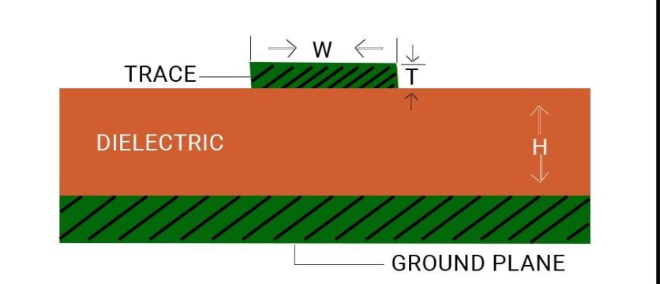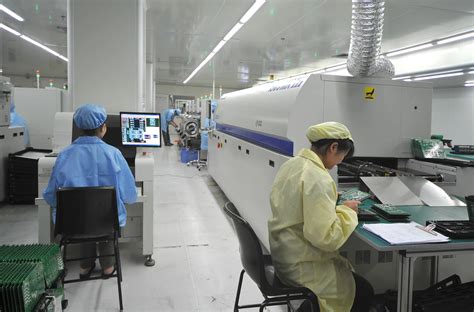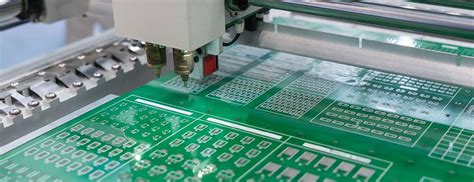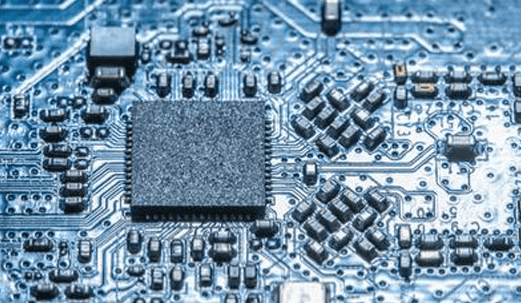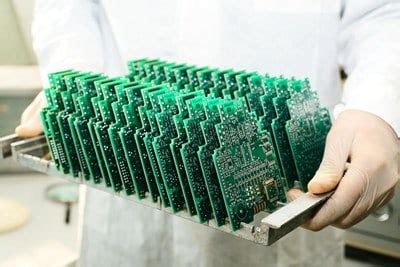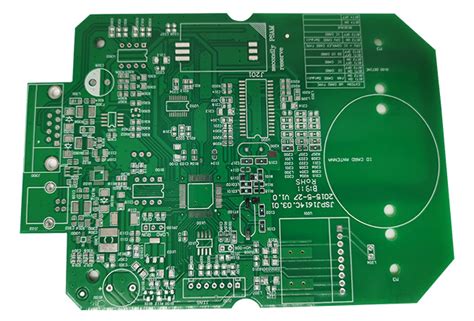Understanding PCB Assembly Pricing: What You Need to Know

Key Takeaways
Understanding PCB assembly pricing is essential for anyone looking to navigate the complexities of electronic manufacturing. There are several contributing factors that determine the overall cost of PCBA. Firstly, the selection of materials significantly impacts the price; high-quality materials will typically lead to better performance but may increase costs. Additionally, the complexity of the design plays a crucial role; more intricate layouts and additional features require more time and skill during assembly, thereby affecting pricing. Labor costs also need consideration—experts with specialized skills generally command higher wages, which can add to the overall expense of PCB assembly projects. An effective budgeting strategy should balance these costs while prioritizing quality to ensure that performance meets expectations. By understanding these key elements, you can avoid common pitfalls in PCBA pricing and make smarter decisions for your electronic projects.

Introduction to PCB Assembly Pricing
Understanding PCB assembly pricing is crucial for any project manager or engineer involved in electronics manufacturing. The price of PCBA is not just a figure; it encompasses a multitude of factors that affect the overall cost. These factors often begin with the type of materials used, which can vary significantly in price based on quality and specifications. For instance, standard materials such as FR-4 laminate may be less expensive, while specialized materials for high-frequency applications might drive costs up.
Moreover, the complexity of the PCB assembly plays a significant role in pricing. More intricate designs with multiple layers and smaller components require advanced manufacturing processes and skilled labor, which can add to the expense. Consideration should be given to how design choices impact production time and potential yield—elements that also contribute to cost fluctuations.
To illustrate this, here’s a simplified table comparing two types of PCB assemblies based on complexity:
| Complexity Level | Estimated Cost per Unit | Key Features |
|---|---|---|
| Basic | $5 – $10 | Single layer, standard components |
| Complex | $20 – $50 | Multi-layer, fine pitch components |
"Investing time in understanding the PCB assembly process can yield significant cost savings in your projects."
Evaluating labor costs is another vital component when assessing PCBA pricing. The skill level required for assembly can dramatically influence labor rates; highly specialized tasks may demand higher wages. Therefore, thorough planning and budgeting become essential for maintaining quality output while effectively managing expenses.
By being informed about these various aspects of PCB assembly pricing, you equip yourself to make prudent decisions that align with project goals while ensuring quality standards are met.

Key Factors Influencing PCB Assembly Costs
When it comes to pcb assembly, understanding the various factors that impact pricing can significantly influence your project’s budget and success. One of the primary elements is material selection, as the choice of substrate, copper weight, and finish all contribute to the overall cost of pcba. High-quality materials may initially seem more expensive, but they often lead to increased durability and performance, which can offset higher upfront costs in the long run. Additionally, the complexity of your design plays a crucial role; more intricate layouts require advanced manufacturing techniques, leading to higher assembly costs. Aspects such as specialized components or multi-layer boards can further escalate expenses. Another vital factor is labor costs, which are driven by the complexity and required skill level for assembly. Regions with higher labor costs may necessitate adjustments in your budget or project timeline. Ultimately, achieving a balance between cost and quality is essential, making it imperative for project managers to assess these factors thoroughly while planning for a successful pcb assembly process. By being mindful of these components, you can make informed decisions that ensure both financial viability and high-performance outcomes for your electronics projects.
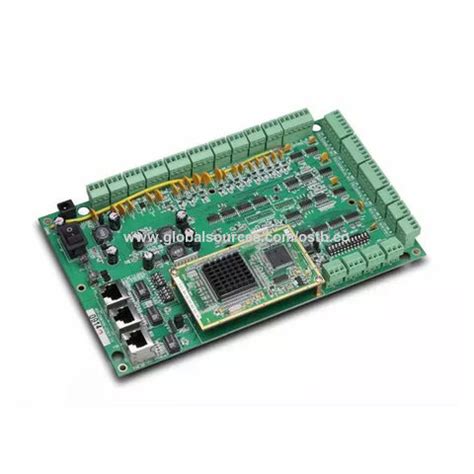
Material Selection and Its Impact on Price
When it comes to PCB assembly, one of the most significant factors that directly influences pricing is material selection. The choice of materials not only affects the initial costs but also impacts the overall performance and reliability of the PCBA. High-quality materials, such as FR-4 or high-frequency laminates, may increase production costs but often lead to superior performance in terms of signal integrity, durability, and thermal characteristics. Conversely, opting for lower-cost materials can be tempting for budget-conscious projects; however, this may result in higher failure rates or reduced lifecycle, ultimately leading to increased expenses in repairs or replacements. Furthermore, components such as capacitors, resistors, and ICs vary significantly in price based on their specifications and quality ratings. Therefore, understanding the relationship between material selection and pricing is essential for making informed decisions that balance cost-effectiveness with durability and performance in your PCB projects. In conclusion, careful consideration of materials will not only reflect on the pcb assembly price but also determine the long-term success of your electronic applications.
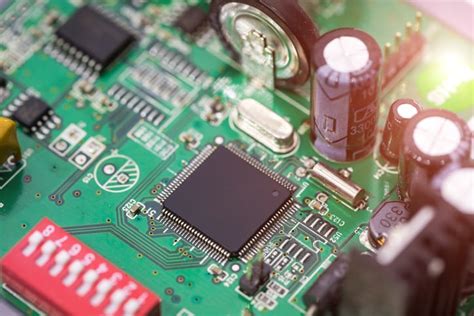
The Role of Complexity in PCB Assembly Pricing
Understanding the complexity of a printed circuit board (PCB) is crucial when evaluating pcb assembly pricing. Complexity can refer to several factors, including the number of layers, the density of components, and intricate routing requirements. A pcba that includes multiple layers or high component density typically incurs higher costs due to the increased time and precision required during the assembly process. Each additional layer not only demands more material but also elevates manufacturing intricacies, which directly impacts labor costs. Moreover, designs that involve specialized components or complex configurations necessitate advanced equipment and skilled labor, further driving up expenses. It’s essential to consider these complexity factors when estimating your budget for a project. Failure to account for these aspects could lead to unexpected costs, ultimately affecting the quality and performance of your final product. Balancing complexity with quality in your pcb assembly project can help achieve optimal results while adhering to budget constraints.
Understanding Labor Costs in PCB Assembly
Labor costs play a significant role in determining the overall price of PCB assembly. These costs vary based on several factors, including the expertise of workers, the complexity of the PCBA process, and the geographical location of the assembly facility. Skilled technicians, particularly those with specialized training in intricate pcb assembly tasks, command higher wages due to their ability to ensure precision and quality. Additionally, the complexity involved in the project can push labor costs higher—more intricate designs often require more time and intricate handling. Factors such as setup time, testing requirements, and production speed also contribute to labor expenses. As you navigate your pcb assembly projects, it is crucial to consider how these labor factors influence pricing. Striking a balance between cost and quality will ultimately lead to better outcomes for your project while helping you maintain budgetary control. By understanding these nuances surrounding labor costs in PCBA, you can make more informed decisions that will significantly impact your project’s success.
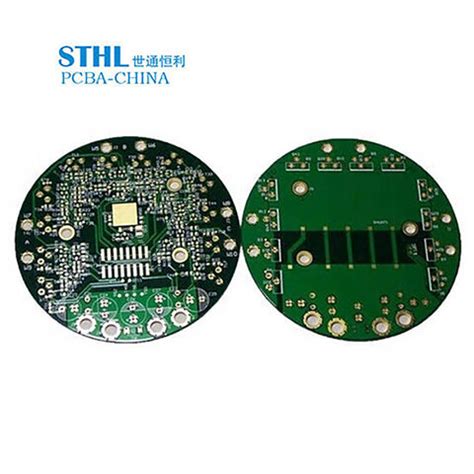
Budgeting for Quality: Balancing Cost and Performance
When embarking on a project requiring pcb assembly, it is crucial to strike a balance between cost and performance to achieve optimal results. The pcba process involves various elements that can significantly influence overall expenses. One essential aspect to consider is the quality of materials used; opting for high-grade components may escalate your initial investment but can lead to enhanced durability and reliability of the final product. Additionally, the complexity of your design plays a pivotal role in determining costs—more intricate layouts demand advanced manufacturing techniques and can, therefore, drive up the price.
Moreover, it is important to understand that labor costs associated with pcb assembly also fluctuate based on these factors. Skilled workers needed for complex assemblies typically command higher wages, reflecting their expertise in ensuring precision and quality. By keeping these considerations in mind, you can strategically allocate your budget to supply the necessary quality without overspending. Investing thoughtfully in various aspects of pcba, from materials to labor, ensures that you achieve superior performance while adhering to your project’s financial constraints. Ultimately, making informed decisions about your budget not only enhances the quality of your project but also contributes to its long-term success.
Common Mistakes to Avoid in PCB Assembly Pricing
When navigating the complexities of PCB assembly pricing, it’s crucial to be aware of the common pitfalls that can impact your budget and project outcomes. One significant mistake is overlooking the importance of material selection. Opting for the cheapest materials can lead to performance issues down the line; instead, it’s vital to assess how these materials influence both the price and functionality of your PCBA. Additionally, many projects fall victim to underestimating the complexity of their designs. A simplified view may suggest that all assemblies create equal labor costs, but in reality, intricate designs demand additional time and expertise, directly affecting the overall price.
Another common error is neglecting to account for unexpected costs related to revisions or adjustments that arise during production. Always factor in these potential expenses by allowing room in your budget for unforeseen changes. Additionally, it’s easy to prioritize immediate cost savings over long-term performance, potentially sacrificing quality for lower pricing tiers; this is where balancing cost and performance becomes essential. Ultimately, avoiding these pitfalls will not only help you manage your PCB assembly budget more effectively but also ensure that you achieve reliable and high-quality results for your projects.
Conclusion: Making Informed Decisions for Your PCB Projects
In the realm of PCB assembly, understanding the intricate elements that influence pricing is essential for any project manager or engineer. By taking into account key factors such as material selection, design complexity, and labor costs, stakeholders can effectively navigate the pcba landscape. A thoughtful analysis of these components allows for better financial planning and can lead to significant savings without compromising on quality. For instance, choosing the right materials not only impacts the initial cost but also affects durability and performance. Likewise, recognizing how the complexity of your design can elevate costs enables a more balanced approach to project scope and budget allocation. Ultimately, making informed decisions in PCB assembly processes ensures that you achieve optimal results while staying within financial constraints. Thus, as you embark on your next pcba endeavor, consider these factors carefully to maximize outcomes and uphold quality standards in your projects.
Conclusion: Making Informed Decisions for Your PCB Projects
In conclusion, understanding PCB assembly pricing is essential for successfully navigating your projects. The costs associated with PCBA can vary greatly depending on various factors such as materials, complexity, and labor. By familiarizing yourself with these components, you can make more informed decisions that align with your project goals and budget. It’s crucial to assess the quality of materials and the intricacies involved in your design, as both will significantly influence the final pricing. Prioritizing quality while remaining mindful of costs can ultimately lead to better performance and reliability in your end products. Remember that a well-planned approach to PCB assembly not only aids in effective budgeting but also enhances overall project outcomes. Taking the time to research and understand these factors will empower you to find a balance between cost-effectiveness and quality in your PCBA endeavors.
FAQs
What is PCB assembly?
PCB assembly, or PCBA, is the process of mounting electronic components onto a printed circuit board (PCB) to create a functional electronic device.
What factors affect the price of PCB assembly?
The price of PCB assembly can be influenced by several factors including material selection, complexity of the design, labor costs, and production volume.
Why is material selection important in PCB assembly pricing?
The choice of materials directly impacts the cost; high-quality materials may raise prices but can improve durability and performance.
How does complexity affect PCB assembly costs?
More complex designs typically require more intricate manufacturing processes, increasing both time and cost for PCBA.
Are labor costs significant in PCB assembly pricing?
Yes, labor costs can vary based on location and expertise needed for the PCB assembly, impacting overall project budgets.
How can I budget effectively for my PCB projects?
To budget effectively, assess all influencing factors like materials and complexity upfront, and plan for potential unforeseen expenses.
For more detailed insights on PCB assembly pricing, please check our resource: please click here.

